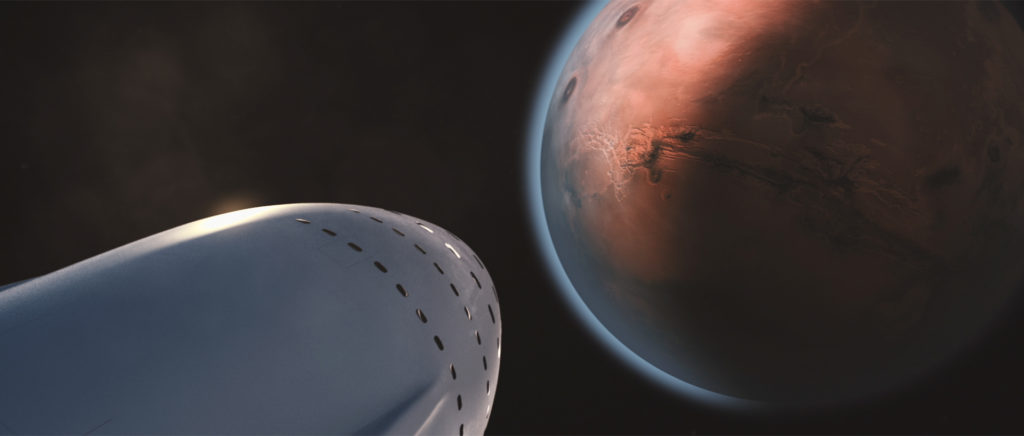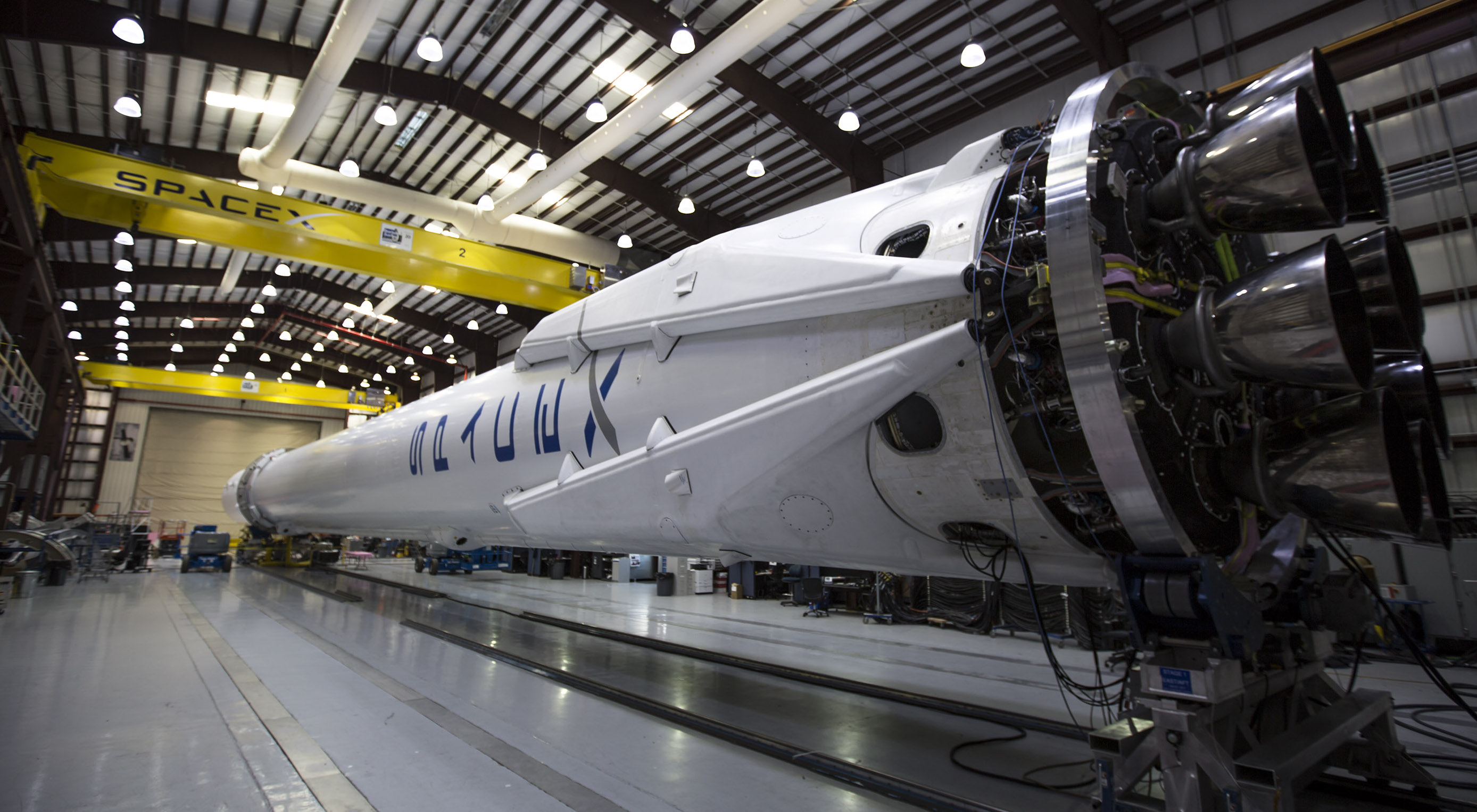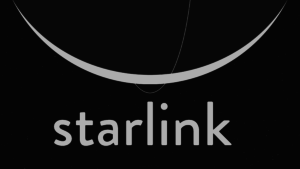The satellite constellation may also compete with Earth imaging companies and include scientific instruments
Trademark filings have been unearthed by members of the SpaceX subreddit that suggest that the company’s satellite internet constellation will be named Starlink. Previously discussed on Teslarati, recent developments during the process of attaining regulatory permissions could pose a major hurdle for SpaceX’s broadband constellation. Implications of FCC filings aside, SpaceX may still launch its first test satellites later this year. The company has dozens of job openings under “Satellite Development” in the states of Washington and California as of September 18.
The trademark filings, which can be found through the U.S. Patent Office’s Trademark Electronic Search
System (TESS), also hint that SpaceX may expand the potential uses of their satellite constellation into markets for scientific data and persistent Earth imaging. The last several years have seen a meteoric rise in demand for Earth imaging services from the likes of Digital Globe, Planet Labs (which now owns Terra Bella), BlackSky, Urthecast (which acquired Deimos Imaging), and many others. Other companies like Spire hope to capitalize on the benefits of smaller satellites in order to revolutionize weather data and forecasting, as well as global aircraft and boat tracking.
Even if SpaceX ultimately chose to include imaging hardware and scientific instruments on a fraction of the 4,425 satellites intended to comprise their preliminary LEO constellation, the unique nature and sheer scale of SpaceX’s satellite mesh network would make it difficult to compete with. In fact, the mesh network itself could also become a sought-after product for third-party companies, if SpaceX chose to allow access to it.
SpaceX’s broadband constellation has long been expected to utilize optical (laser-based) inter-satellite communications to form a “mesh network” in orbit. Aside from morphing each individual satellite into a flexible communications node, the very existence of an orbital, ground-connected network of thousands of satellites could open the utility of easy space-to-ground communication to any customers willing and able to pay for access. Ground stations often become a primary concern and issue for companies engaged in developing satellite communications, with a vast sea of often unique regulations that must be dealt with. SpaceX’s goal is to provide access to its broadband constellation with nothing more than a pizza-box sized antenna placed on the customer’s roof, a far cry from the large, expensive, and heavily-regulated radio antenna installations that companies like Planet Labs use to serve their customers.

SpaceX’s BFS (“Big Falcon Spaceship”) will require a stable communications network to maintain contact with Earth.(SpaceX)
Farther in the future, a thoroughly-tested orbital platform for communications, ground imagery, and scientific observations could and likely will prove invaluable for SpaceX’s ultimate goal of creating and supporting a permanent human presence on Mars. As of late, NASA has been playing fast and loose with the long-term maintenance of its planetary exploration infrastructure, particularly regarding the future of Earth-Mars communications. Between ESA, China, NASA, and Russia, multiple new Martian landers and orbiters are expected to arrive at the Red Planet over the next decade, and the large amount of data produced by the Curiosity and Opportunity rovers, as well as Mars orbiters, strains the communications infrastructure used for transmitting data back to Earth.
By developing and administrating a communications network between Mars and Earth, SpaceX could gain deep spaceflight experience, allow NASA to more directly focus on science and planetary exploration, and also facilitate the construction of an interplanetary communications foundation SpaceX will need if it hopes to develop a human presence on Mars. In fact, Musk briefly revealed that SpaceX was working with NASA on “Mars communications” at the ISS R&D Conference earlier this year.
Regardless of its potential uses around Mars, SpaceX’s Starlink broadband satellite constellation could revolutionize internet access on Earth and provide SpaceX the resources it needs to develop Mars colonization hardware. Details about the satellite constellation will likely be provided when Elon Musk speaks at this year’s International Astronautical Congress.












